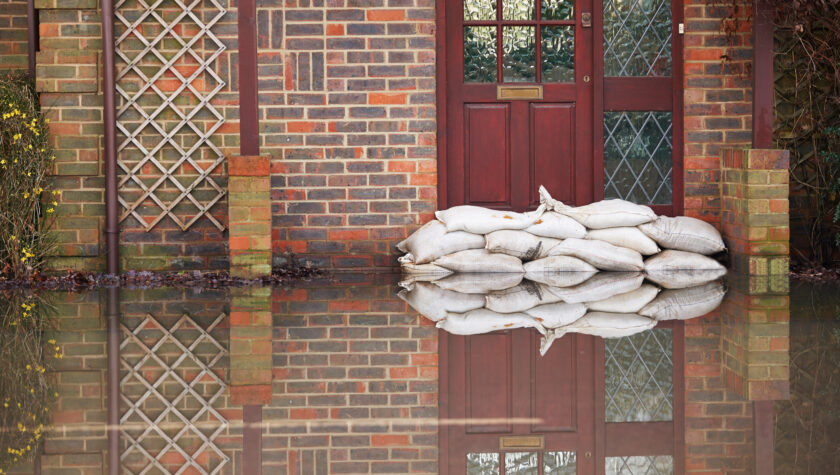A value for money report on flood resilience in England published by the National Audit Office today (15 November) warns that under current Environment Agency plans, forty per cent fewer properties in England will be protected from flooding compared to the number first forecast in 2020.
The Resilience to flooding report finds that the Environment Agency now expects to be able to protect 200,000 properties by 2027, instead of the original 336,000 planned. In addition, the NAO finds that 500 of 2,000 planned defence projects will no longer go ahead, despite the doubling in government funding for flood risk management. Its report also raises concerns that a focus on short term funding is undermining efforts to meet maintenance targets.
Responding to the report, Commissioner Professor Jim Hall said:
“Following the recent disruption in the wake of Storm Ciaràn this report is a welcome reminder of the need to improve efforts to boost flood resilience, and it reflects many of the same concerns the Commission set out in last month’s National Infrastructure Assessment.
“Government must set clear and measurable targets to reduce the likelihood of property flooding in urban and rural areas in line with Commission recommendations, to help quantify and target necessary investment – the NAO report highlights the challenges created by this lack of clarity. It is also concerning to hear it warn of a downgrade in the number of homes that will be better protected under the current floods budget.
“The current focus on short term funding settlements will also do little to bolster efforts to properly maintain flood defences over the longer term and ensure they remain fit for purpose in the face of an evolving climate threat. The need for the Environment Agency to have greater certainty over its long term funding is clear.”
In the Second National Infrastructure Assessment published last month, the Commission said government should invest in enhanced flood risk management infrastructure to reduce the risk of coastal, river and surface water flooding, through setting clear risk reduction targets. In the case of surface water flooding, the Assessment called for improving data gathering and coordinated governance at a local level, as well as progressing measures to control the growth of impermeable surfaces.




